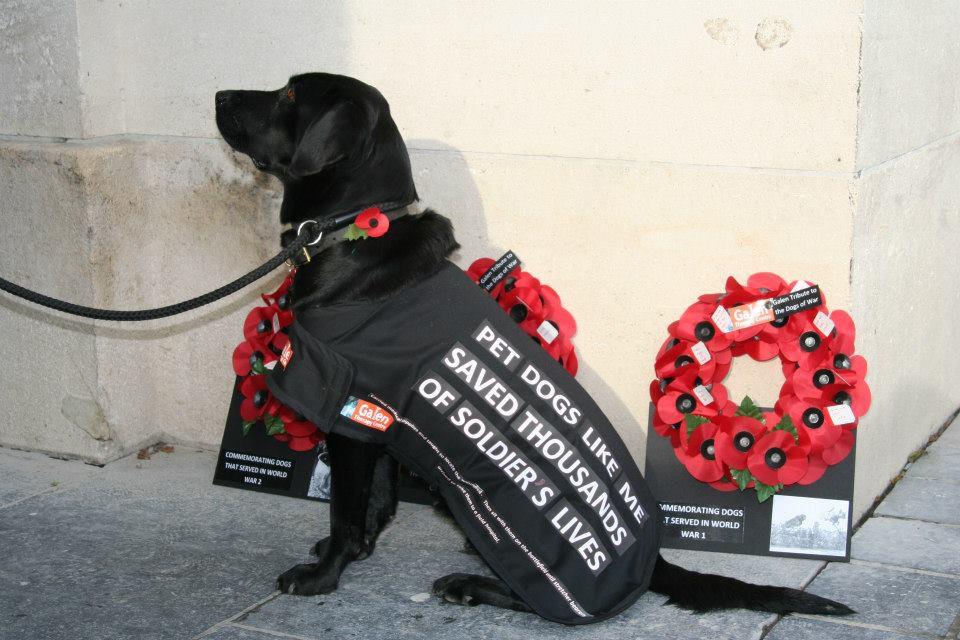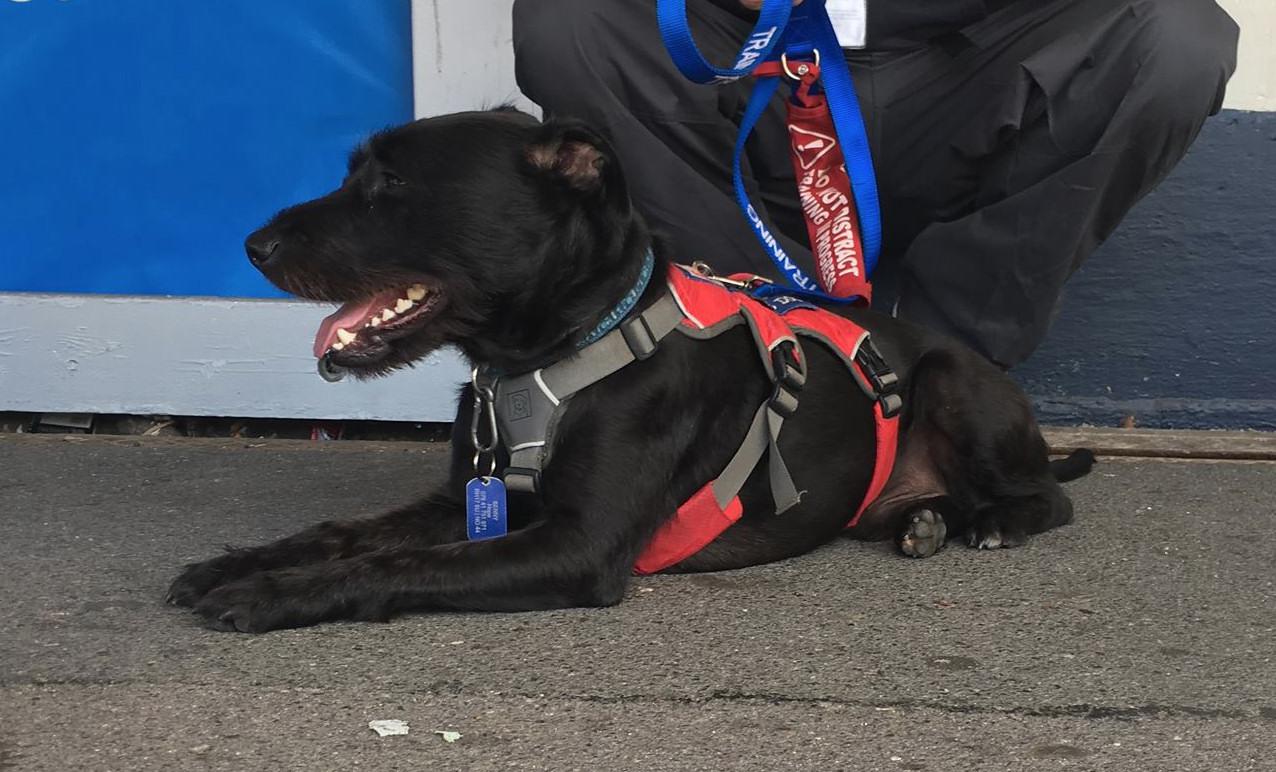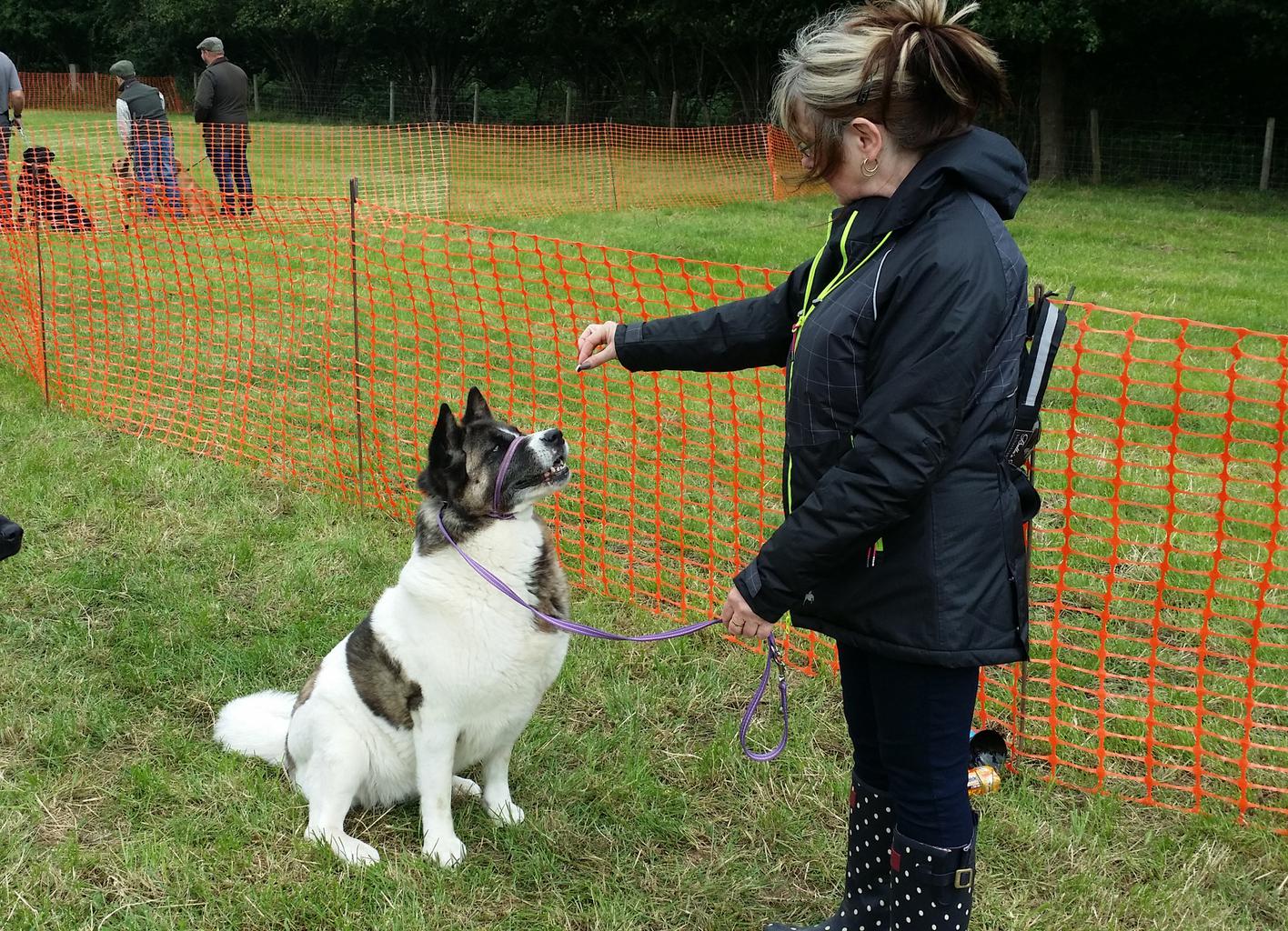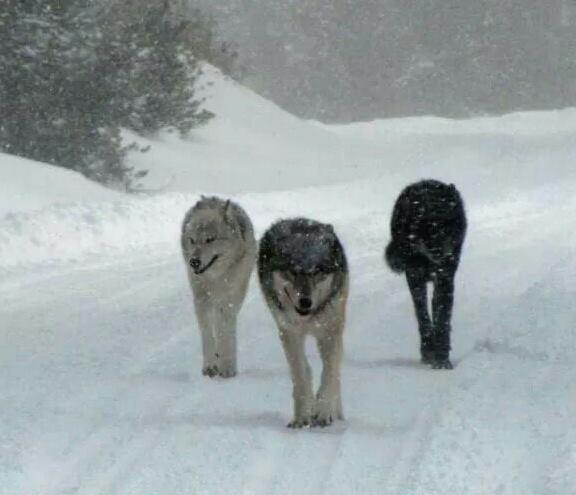
All dog lovers appreciate the faithful nature of the dogs we love, however, this is no modern phenomenon.
In the early 13th century, King John of England presented Llewellyn, Prince of Wales with an Irish Wolfhound, Gelert. The dog became a favourite and trusted dog of the Prince. One day however, Gelert was missing from the hunt, and when Llewellyn returned home, he was horrified to find his baby son's cradle overturned and empty, and his faithful hound Gelert next to the cradle covered with blood.
Consumed by grief and rage, Llewellyn drew his sword and killed his dog. It was only then, too late, that he heard his baby son's cries, and moving the cradle aside, he found his offspring lying beneath it. He also saw once he had moved the cradle, the body of a dead wolf. The awful truth was revealed to Llewellyn - the wolf had attacked Llewellyn's son, Gelert had protected the baby saving his life and fatally injuring the wolf.
Gelert was given a stately burial in a place that became known as Bedd Gelert, and a town grew up near it. What is claimed to be Gelert's tomb - a slab and two upright stones, can be found in a meadow there today.
Having happened so long ago, it is difficult to establish the veracity of the story, and there are allegations that it is an urban myth, made popular by local business men to improve business.
However, further back in time than the 1200s, there is evidence that dogs were doing what they do best - looking after their people. In AD 79 Mount Vesuvius erupted, covering and coating Pompeii with lava, killing hundreds. During excavation, the bodies of a dog and a child were found - the dog was standing across the child as if to protect it.
The bond between dogs and humans is undeniably strong. In 1865, apparently just before Abraham Lincoln was assassinated, his dog howled and ran wildly around the White House. Lord Carnarvon who discovered Tutankhamen's tomb, bringing its alleged curse onto himself, died seven weeks after officially opening the tomb, in 1923, and within hours of his death, his dog too died.
Surely though, such epic tales of devotion no longer occur?
Well as recently as 1953, a humble sheepdog, Tip, showed her undying attachment to her shepherd master.
Joseph Tagg and his dog Tip were out on Howden Moors in December 1953 when a blizzard descended. It was not until 15 weeks later, in March 1954, that Joseph's body was discovered, and at his side was his dog Tip, starving but resolute in her devotion. Tip was given a home for the remaining two years of her life, and after her death in 1955 public money paid for a memorial stone to be erected commemorating her faithfulness and this can be found beside Derwent Reservoir, in the UK.
Modern day dogs are every bit as heroic as their historical counterparts -as a quick search through the news reveals. As with Greyfriars Bobby, an owner's death does not deter a dog. In the UK in 2001, in Edinburgh, Sandy a 13 year old Labrador cross stayed with his dead owner for almost a month, and was close to death himself when the two were found. In 2004 a Border Collie, Lizzie, in Bolton stayed by her dead owner's side for 10 days - and even when the emergency services arrived, she insisted on remaining in her favourite position - sitting by her owner's side.
In Wales in 2005, 69 year old Maureen Porter fell in her garden and broke her hip. When no one heard her cries for help, it was her rescue dog Border Collie Pedro who saved her. The 15 year old dog, who had lived with Maureen & her husband for ten years, lay by Maureen's side keeping her warm and safe. Again, when help arrived Pedro was reluctant to let others take over his task of protecting Maureen.
In 2002, Bill Hitchcock's dog black Labrador Buddy, was his sole companion in his work on the Aleutian Islands, off Alaska. When Bill was fatally injured, Buddy spent nearly two weeks with his dead master -despite temperatures that can fall as low as -23F. Buddy had paced back and forth between his owner and the shore of the island, wearing a path, and when searchers approached, Buddy lead them straight to Bill.
Omar Eduardo Rivera was inside the World Trade Centre when it was hit by a plane. Being blind, trying to make his way to safety was especially difficult. He was helped by a fellow worker, and accompanied by his guide dog, a golden Labrador. It took Omar over on hour to make his way down 70 flights of stairs, and his dog was by his side throughout. The amazing thing is that Omar had unleashed the dog so that he could flee to safety, yet the dog chose to stay by his master, escorting Omar to a safety exit and staying with him.
Linking all the stories of heroism you have heard today is one undeniable fact; not only is the dog man's best friend, he has a long history as such, and hopefully just as long a future.





